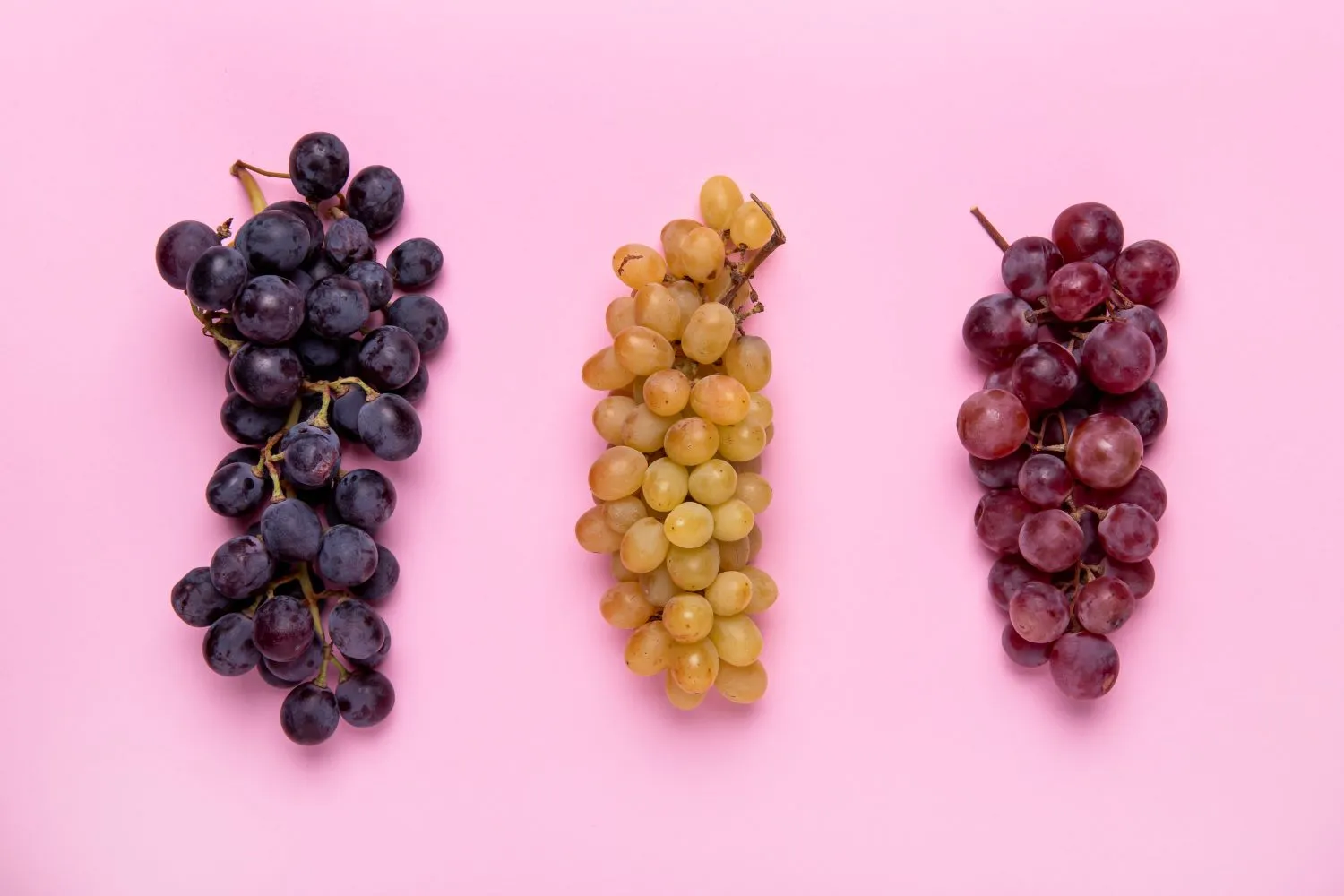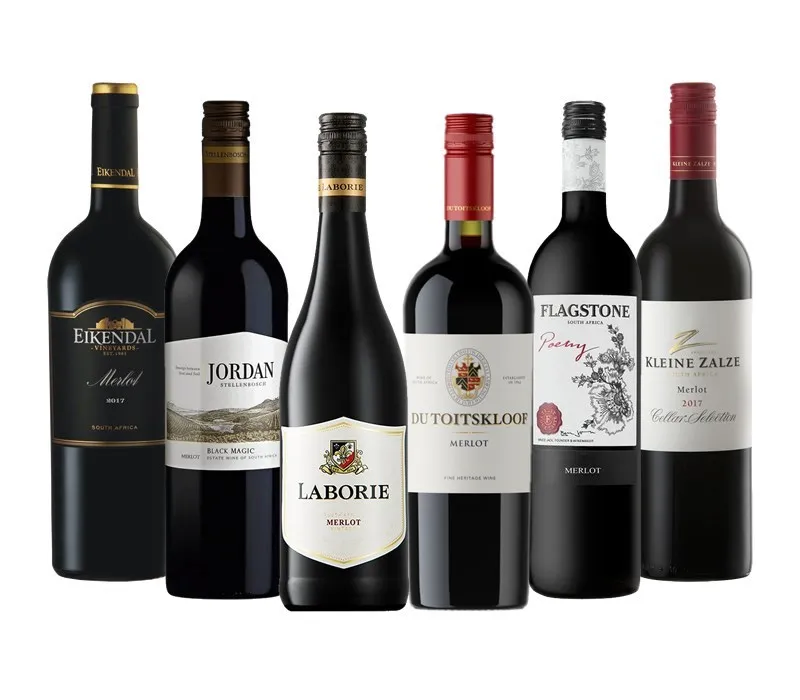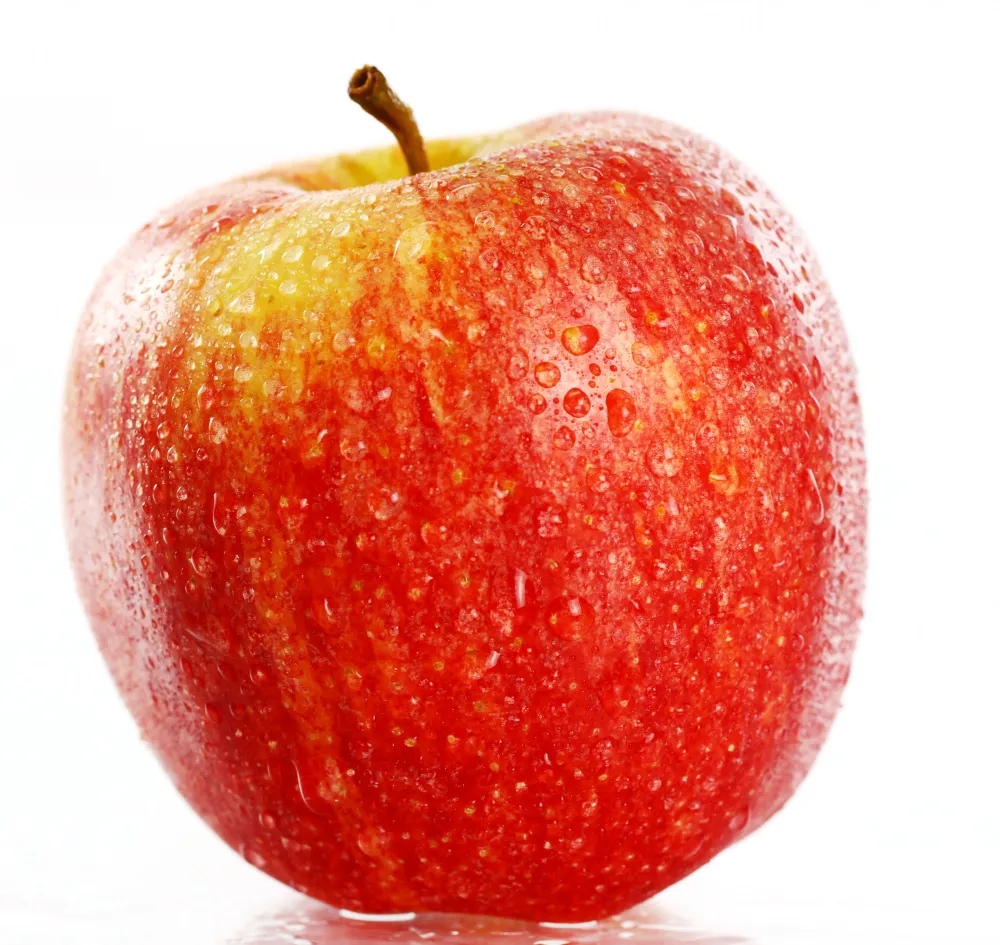Utilizing the extraordinary compound piceatannol found in red wine, recent research suggests a potential breakthrough in the battle against fatty tissue. The study, published in the Journal of Biological Chemistry, reveals that piceatannol may inhibit the conversion of fat-inducing calories into fatty tissue, offering a glimmer of hope for those seeking natural remedies for weight management. While the implications of this discovery are promising, it is imperative to note that further research in animals and humans is necessary to comprehend the full breadth of piceatannol’s potential impact. Nevertheless, the findings illuminate the tantalizing prospect that a component of red wine could hold the key to thwarting fat formation.
Elements of Wine that Aid with Weight Loss
Trying to shed some pounds but don’t want to give up your wine? Good news! Your favorite drink may have a few elements that can aid with weight loss. Check out these three:
- Resveratrol
- Procyanidins
- Antioxidants
Resveratrol: The Fat-Fighting Phenol
For those seeking to harness the weight-loss potential of resveratrol, it’s important to recognize its primary sources. Grapes, particularly the red variety, are rich in resveratrol, and this compound makes its way into red wine during the winemaking process. Once consumed, resveratrol engages with the body’s metabolic processes, offering benefits beyond its well-known antioxidant properties.
Any discussion on resveratrol’s impact on weight loss inevitably leads to its role in converting white fat to brown fat. This conversion is significant as brown fat is involved in burning energy and generating heat, thereby contributing to weight management. Resveratrol has been shown to potentially facilitate this transformation, thereby boosting the body’s metabolic rate and aiding in the breakdown of fats.
Procyanidins: Unlocking Sugar Metabolism
On the molecular level, procyanidins have been shown to influence the body’s ability to process sugar efficiently. This is significant because it can potentially affect insulin resistance, a key factor in weight management. With its antioxidant properties, procyanidins may play a crucial role in promoting overall health and wellness. Additionally, recent studies suggest that procyanidin-rich foods may impact the body’s metabolism and support the breakdown of fats, potentially aiding in weight loss by converting white fat into brown fat, which is involved in burning energy and generating heat.
Antioxidants: Supporting Overall Health
Flavonoids such as anthocyanins, responsible for the vibrant color of red wines due to grape skin exposure during fermentation, are not just aesthetically pleasing but also offer diverse health benefits. Rich sources of anthocyanins, found in wines like Malbec and Merlot, have been associated with antioxidant properties that can support overall health and wellness. Recent studies have shown that anthocyanins may have a positive impact on weight management, potentially contributing to the body’s ability to process fats more effectively and improve metabolic rate.
It is fascinating to note that anthocyanins, in addition to enhancing the color of wine, may also play a role in supporting weight management and overall health. These compounds, alongside other antioxidants found in wine, such as procyanidins and resveratrol, contribute to a compelling case for the potential benefits of moderate wine consumption in a balanced lifestyle, with a focus on weight management and overall well-being.
The Piceatannol and Fat Formation
The chemical compound piceatannol, found in grape skins and red wine, has been found to have a significant impact on the formation of fat cells in the body.
The Process of Fat Cell Formation
On ingestion of fatty foods, the body either converts the calories into energy or stores them as fatty tissue. This process is influenced by various factors, and the conversion of fat cells into fatty tissue is a crucial step in this mechanism. On a cellular level, fat cells are formed when the body processes consumed fat. The research on piceatannol indicates its ability to impede the formation of fat cells, thereby potentially reducing the accumulation of fatty tissue in the body.
Piceatannol’s Impact on Fat Cells
Any exploration of piceatannol’s effect on fat cells reveals its potential as a significant factor in mitigating fat formation. The compound has shown to be an effective blocker of fat cell formation, with even small doses resulting in a notable reduction, and higher doses demonstrating an even more substantial impact.
Laboratory Findings on Piceatannol
Clearly, groundbreaking research has uncovered the potential of piceatannol, a polyphenol found in grape skins and red wine, in the realm of fat cell inhibition. A recent study published in the Journal of Biological Chemistry revealed that piceatannol demonstrates an ability to block the formation of fat cells in laboratory settings. This raises exciting prospects for harnessing the natural properties of this compound to counteract the effects of fatty foods on the body. One key aspect that emerged from the study concerns the dosage and effectiveness of piceatannol in inhibiting fat cell formation.
The researchers noted the following striking observations:
| Dosage | Effectiveness |
| Smaller Doses | Produced a 20% reduction in fat formation |
| Higher Doses | Resulted in nearly non-existent fat cell formation, with an 80% reduction |
These findings underscore the potential for piceatannol to serve as a potent agent in impeding the creation of fat cells, even at lower doses, which paves the way for further exploration of its efficacy in practical settings.
To Wrap Up
The potential of piceatannol, a compound found in red wine, to inhibit the formation of fat cells is a promising discovery. The research suggests that piceatannol could play a role in preventing the conversion of dietary fats into fatty tissue in the body, potentially offering benefits for weight management and overall health. While further studies in animals and humans are required to validate these findings, the abundance of piceatannol in natural sources such as grapes and berries makes it an intriguing prospect for future research into dietary interventions. The study underscores the importance of continued investigation into the potential health benefits of compounds found in red wine and other natural sources.


















